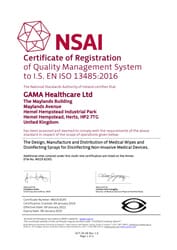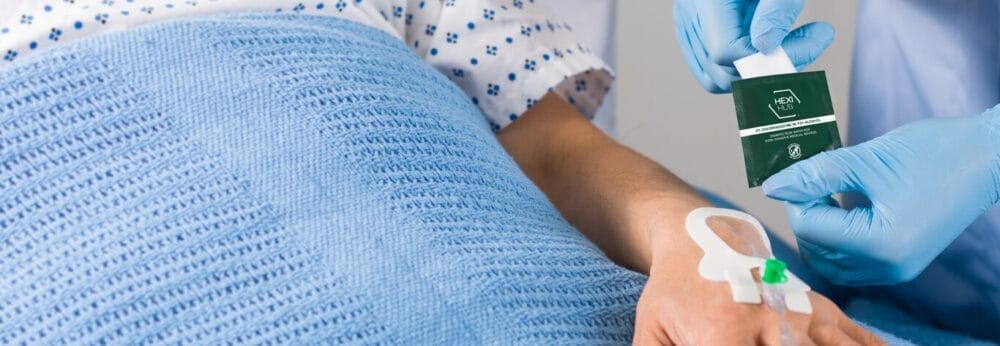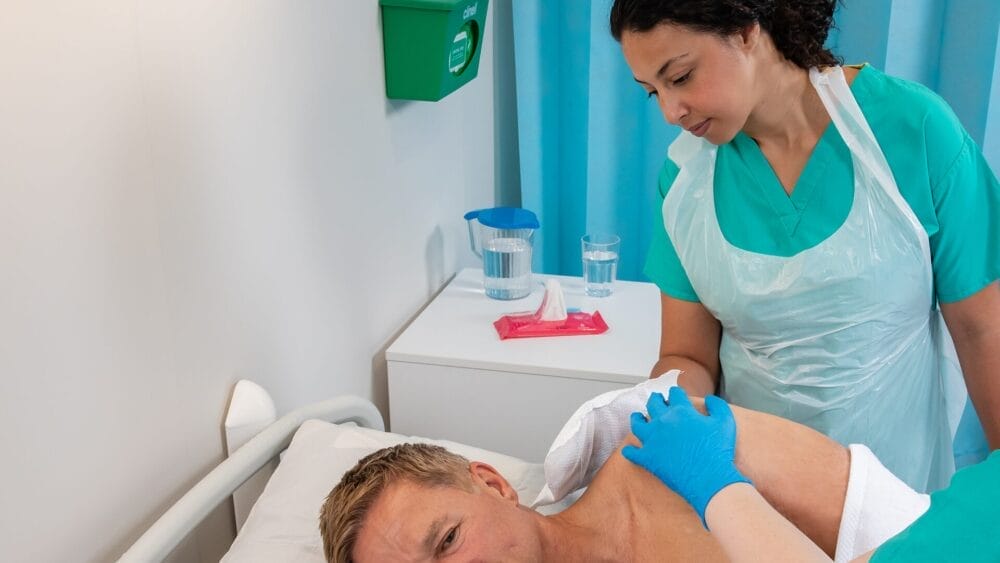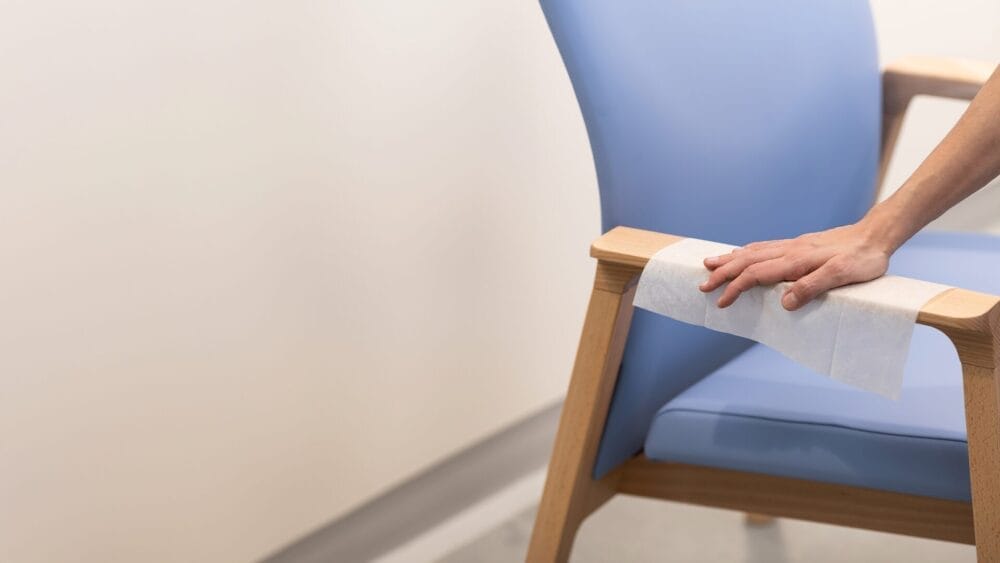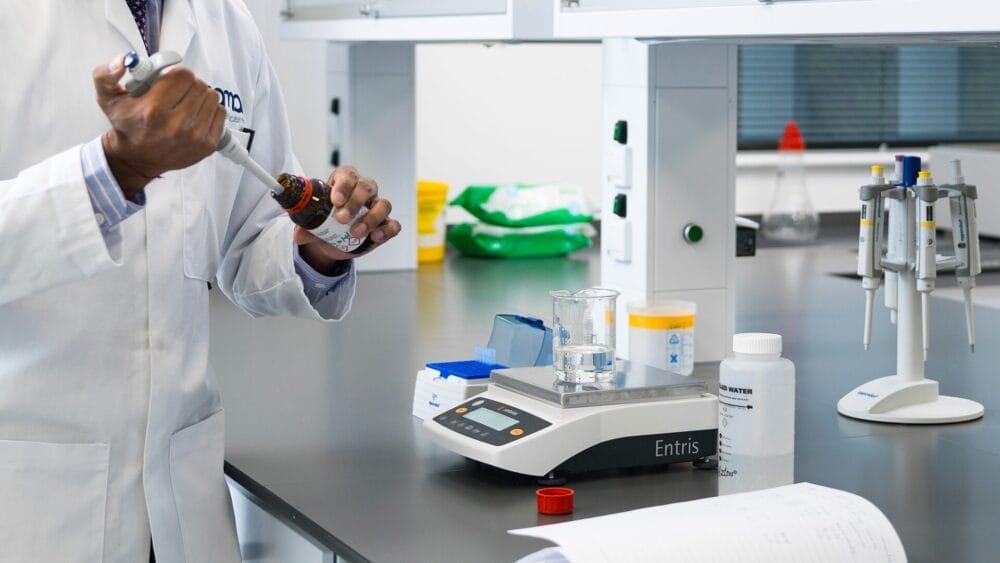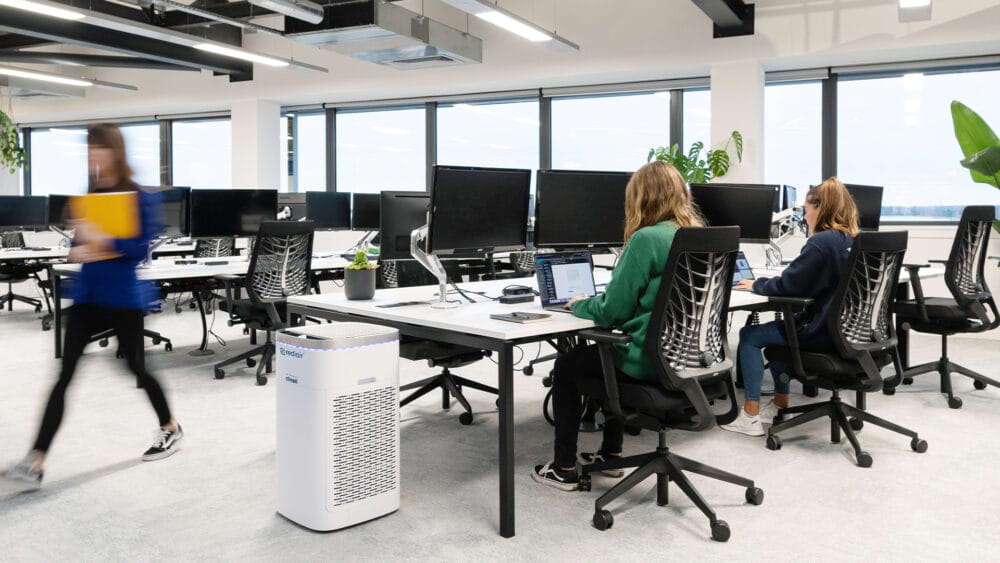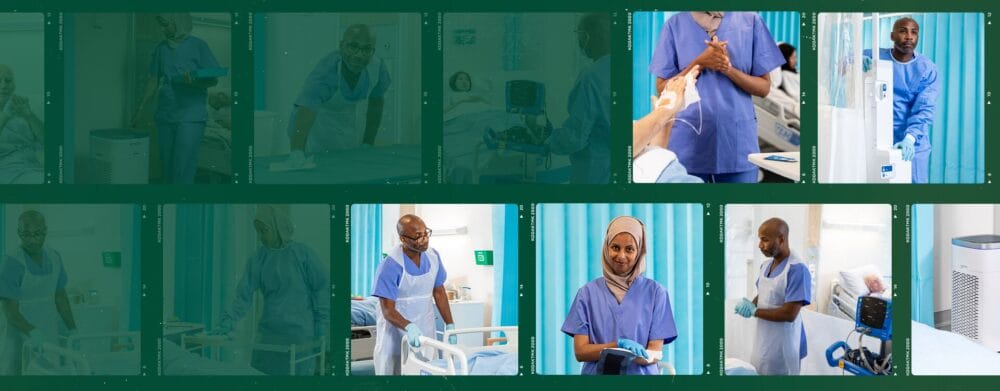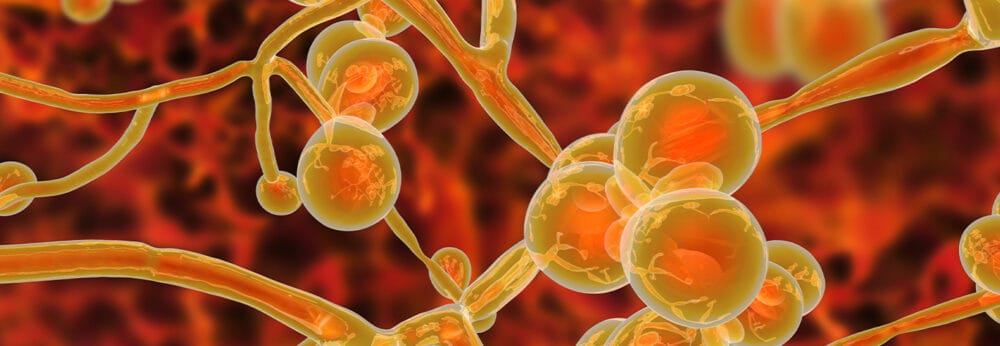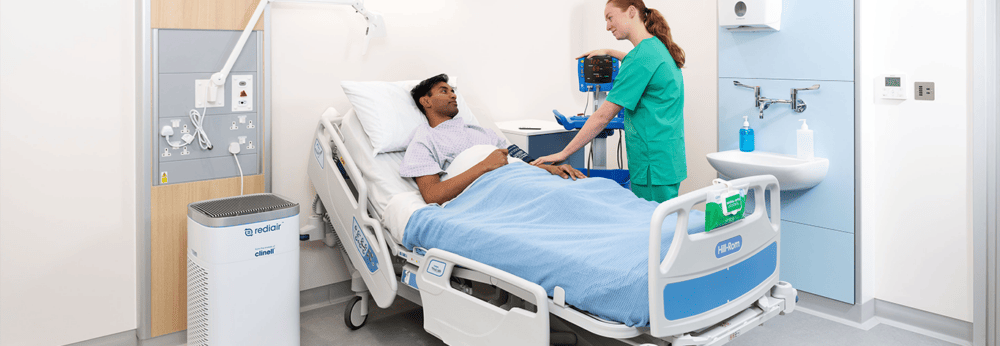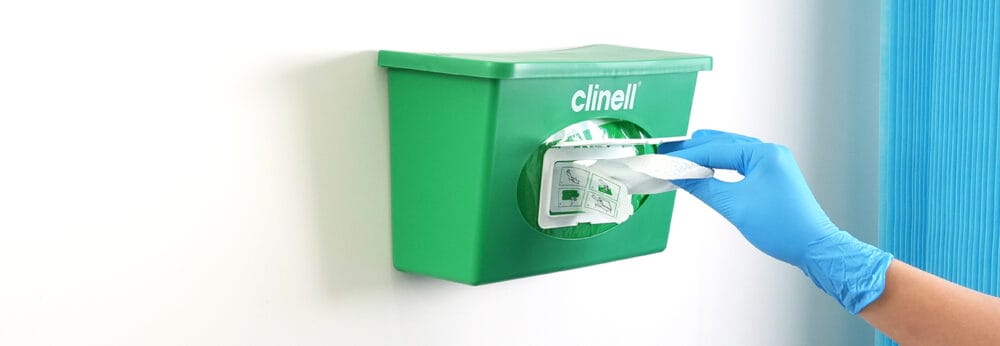Regulatory Affairs & Quality Assurance
Commitment to quality
We provide products of the highest possible quality.
As part of as being ISO 9001:2015 a accredited, we have a comprehensive Quality Management System (QMS) which ensures that our standards are never allowed to slip. This QMS is regularly reviewed to make sure it is fit for purpose through a program of internal auditing, management reviews and corrective action (when the need arises).
We also have the highest expectations for each of our carefully chosen manufacturing, supply chain and distribution partners. These companies are expected to hold themselves to the same high standards that we strive towards every day. Partner companies are expected to be fully compliant with all relevant regulatory requirements as well as any additional conditions required by GAMA.
Our team of local and international auditors regularly visit our factories and distribution centres to ensure that our quality, environmental and social standards are enforced.
We have progressively increased our comprehensive programme of audits and supplier reviews over several years. In cases of non-compliance, we require immediate action, working directly with our suppliers to improve standards.
As part of our commitment to protecting the environment, GAMA works diligently to ensure that all of our manufacturing partners follow the appropriate WEEE (waste electrical and electronic equipment) regulations wherever they apply.
Our partner companies are expected to maintain a very high standard in their operations and GAMA is happy to provide the necessary guidance and support to them whenever required.
Our practice of regularly auditing partner factories helps to ensure compliance.
| Term | Definition |
|---|---|
| Aerobe | An organism that grows in the presence of oxygen. |
| Aerobic Colony Count | The number/type of pathogens recovered from a surface. |
| Anaerobe | An organism that grows in the absence of oxygen. |
| Alcohol hand rub (AHR) | A formulation of alcohol (e.g. ethanol, isopropanol, n-propanol) used to reduce the number of microorganisms on hands that are not visibly soiled. |
| Antibiotic-resistant organism (ARO) | A microorganism that has developed resistance to the action of certain classes of antibiotics. |
| Antiseptic | An agent that can kill or inhibit microorganisms on living tissue and skin. |
| Bactericidal | Lethal activity against bacteria. |
| Bioburden | The numbers and types of microorganisms on a contaminated surface. |
| Biocide | Usually a broad-spectrum chemical or physical agent that inactivates microorganisms. |
| Cleaning | The physical removal of foreign material (e.g. dust, soil) and organic material (e.g. blood, secretions, excretions, microorganisms) with water, detergents and mechanical action. |
| Contamination | The presence of an infectious agent on hands and fomites. |
| Contact time | The time necessary for a disinfectant to result in a significant reduction (usually 3 log reduction) in microorganisms. |
| Detergent | An emulsifying agent that contains surfactants and/or protease enzymes and whitening agents. |
| Disinfectant | A chemical applied on surfaces or medical equipment/devices which is capable of disinfection. |
| Disinfection | The process of removing/reducing the numbers of an infectious agent. Disinfection does not destroy bacterial spores. |
| Fomites | An inanimate object that may be contaminated with microorganisms and serve as a vehicle of transmission. |
| Healthcare-associated infection (HCAI) | A term relating to an infection that is acquired during the delivery of healthcare (also known as nosocomial infection). |
| High-touch surfaces | High-touch surfaces are those that have frequent contact with hands. Examples include doorknobs, call bells, bedrails, light switches, wall areas around the toilet and edges of privacy curtains. |
| Infection | The entry and multiplication of an infectious agent in the tissues of the host. |
| Infection prevention and control | Evidence-based practices and procedures that, when applied consistently in healthcare settings, can prevent or reduce the risk of infection in clients/patients/residents, healthcare providers and visitors. |
| Low-level disinfection (LLD) | Level of disinfection required when processing non-invasive medical equipment (i.e. non-critical equipment) and some environmental surfaces. Equipment and surfaces must be thoroughly cleaned prior to low-level disinfection. |
| Low-touch surfaces | Surfaces that have minimal contact with hands. Examples include walls, ceilings, mirrors and window sills. |
| Microbicide | A substance that destroys infectious agents, including, bacteria, viruses and fungi. |
| Neutralisation | The ability to stop the activity of a microbicide at a defined exposure time. |
| Reservoir | Any person, animal, substance or environmental surface in or on which an infectious agent survives or multiplies, posing a risk for infection. |
| Sporicidal | Lethal activity against spores. |
| Sporistatic | Inhibition of spore germination. |
| Abbreviation | Name |
|---|---|
| ACC | Aerobic colony count |
| AHR | Alcohol hand rub |
| ATP | Adenosine triphosphate |
| CDC | Centres for Disease Control and Prevention |
| CDI | Clostridium difficile infection |
| HCAI | Healthcare-associated infections |
| HCW | Healthcare workers |
| KPC | Klebsiella pneumonia carbapenemase |
| LLD | Low-Level disinfection |
| MRSA | Methicillin-resistant staphylococcus aureus |
| MSDS | Material Safety Data Sheet |
| NAO | National Audit Office |
| PPM | Parts per million |
| QAC | Quaternary Ammonium Compound |
| RCN | Royal College of Nursing |
| UVI | Ultraviolet irradiation |
| VHP | Vaporised hydrogen peroxide |
| VOC | Volatile organic compounds |
| VRE | Vancomycin-resistant enterococci |
Latest
Embracing sustainability and cost savings: The journey of Clinell Indicator Notes to paper-based solutions
At GAMA Healthcare, we’ve always prided ourselves on being at…
Introducing HEXI HUB: A seamless transition in our product line
We’re pleased to announce an update to our product offering…
Innovative solutions for tackling Carbapenemase-producing Enterobacteriaceae (CPE) at King’s College Hospitals
King’s College Hospital NHS Foundation Trust, one of London’s largest…
Gloves Off: reducing unnecessary plastic waste during environmental cleaning and disinfection
In this blog, Dr Phil Norville discusses the momentum-gaining ‘Gloves…
Gloves Off: Navigating SDS sheets and skin safety claims in environmental decontamination products
In this blog, James Clarke (Head of R&D, Science &…
Help reduce staff sickness and improve air ventilation with Rediair
As the winter season approaches, concerns over staff sickness and…
Moments that Matter: celebrating the fundamentals of infection prevention
To celebrate the fundamentals of infection prevention, we’re exploring the…
Tackling surface contamination is key to controlling Candida auris
Candida auris is a key emerging threat to healthcare facilities…
Save money on air purification with Rediair: A cost-effective solution to expensive alternatives
A comparative evaluation of three different stand-alone HEPA-based air systems…
New study links 2-in-1 wipes with reduced in-hospital mortality
In today’s blog, we’ll be discussing a new publication from…
